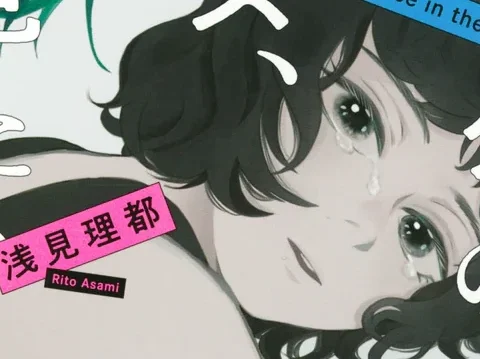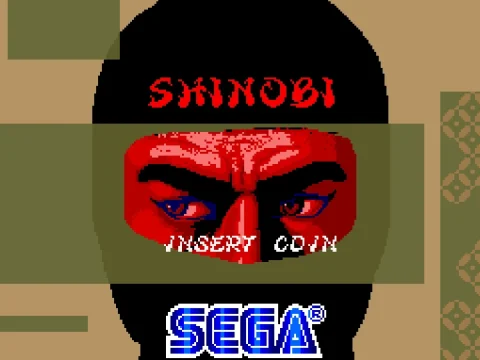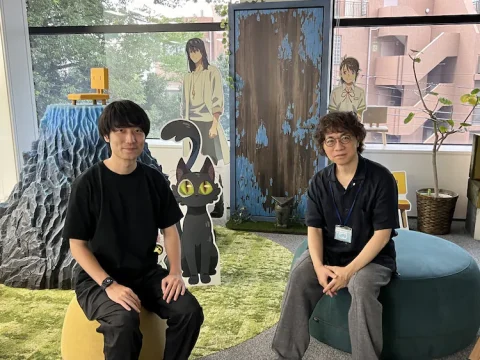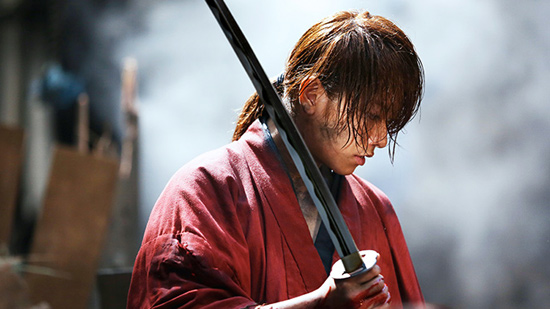
Rurouni Kenshin is a story of redemption: whether a man who has killed hundreds can gain forgiveness and work for peace.
Kyoto Inferno and The Legend Ends, films two and three in the live action Rurouni Kenshin series are themselves a kind of redemption story. Could these sequels turn the first, strictly mediocre Kenshin film into something worth watching?
Short answer: yes. Kyoto Inferno, which debuted in Japan last month, was a huge step up, improving hugely upon the erratic tone and choppy narrative of the original.
This week saw the release of The Legend Ends, the third film in the Kenshin series, which concludes the story of the original manga’s Kyoto Arc.
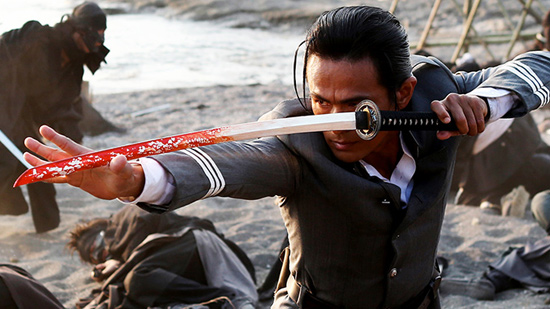
Kyoto Inferno and The Legend Ends were filmed back-to-back, and they almost feel like one long movie. Most of what I wrote in my Kyoto Inferno review holds here: this is a big improvement on the first film.
But pacing is one point where Kyoto Inferno and The Legend Ends diverge. The second film didn’t feel anywhere close to its 140-minute runtime. The Legend Ends, though, which shares the same runtime, could stand to lose a good 30 minutes off its front end, in which Kenshin spends about an hour hunkered down in the forest training with his former master. It feels like this film is giving us some time to cool down after the thrills of the last one, which might make sense if you watch them back-to-back, but not so much otherwise.
There are two real joys in watching this trilogy conclude. One is the fights. Featuring the most exciting choreography of the trilogy, they also largely avoid the Michael Bay-style, what-the-hell’s-happening editing style so rampant in action films today. Instead, shots linger enough to let us appreciate the swordplay, and there even are a few long tracking shots just short of breathtaking.
The fights aren’t just exciting because they’re well executed, though. It’s also because we’re invested in how they end.
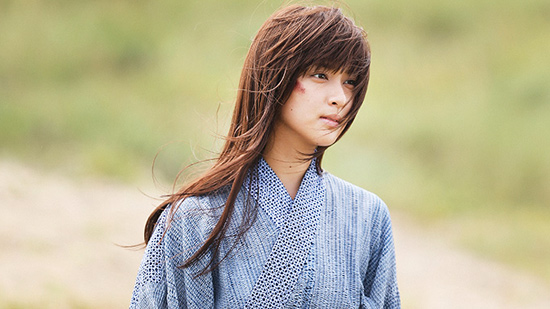
That’s the other joy in The Legend Ends: the actors playing these characters have done so long enough to really embody them, and by this third film they’re crackling with confidence and electricity – especially Takeru Satoh as Kenshin, but also Munetaka Aoki as Sanosuke, Yosuke Eguchi as Saito and Tatsuya Fujiwara as the film’s arch-villain, Shishio, who has a great, over-the-top final scene.
On the other hand, the women in the film get the raw end of the deal, especially the ostensible co-star Emi Takei as Kaoru, who has even less screen time here than in Kyoto Inferno. And when Kenshin and Kaoru, who’ve been separated for the length of the film, are reunited, it’s strangely anti-climatic.
There’s that, and a few hiccups in the political intrigue side of the story, which doesn’t ultimately make a lot of sense, ultimately existing only to set up the final confrontation. But these quibbles aren’t enough to derail The Legend Ends, which together with Kyoto Inferno accomplish the impressive feat of successfully bringing manga to the big screen. Hollywood would do well to take a look.
If you missed them, check out our reviews of Rurouni Kenshin: Kyoto Inferno, and the original Rurouni Kenshin live-action film.


